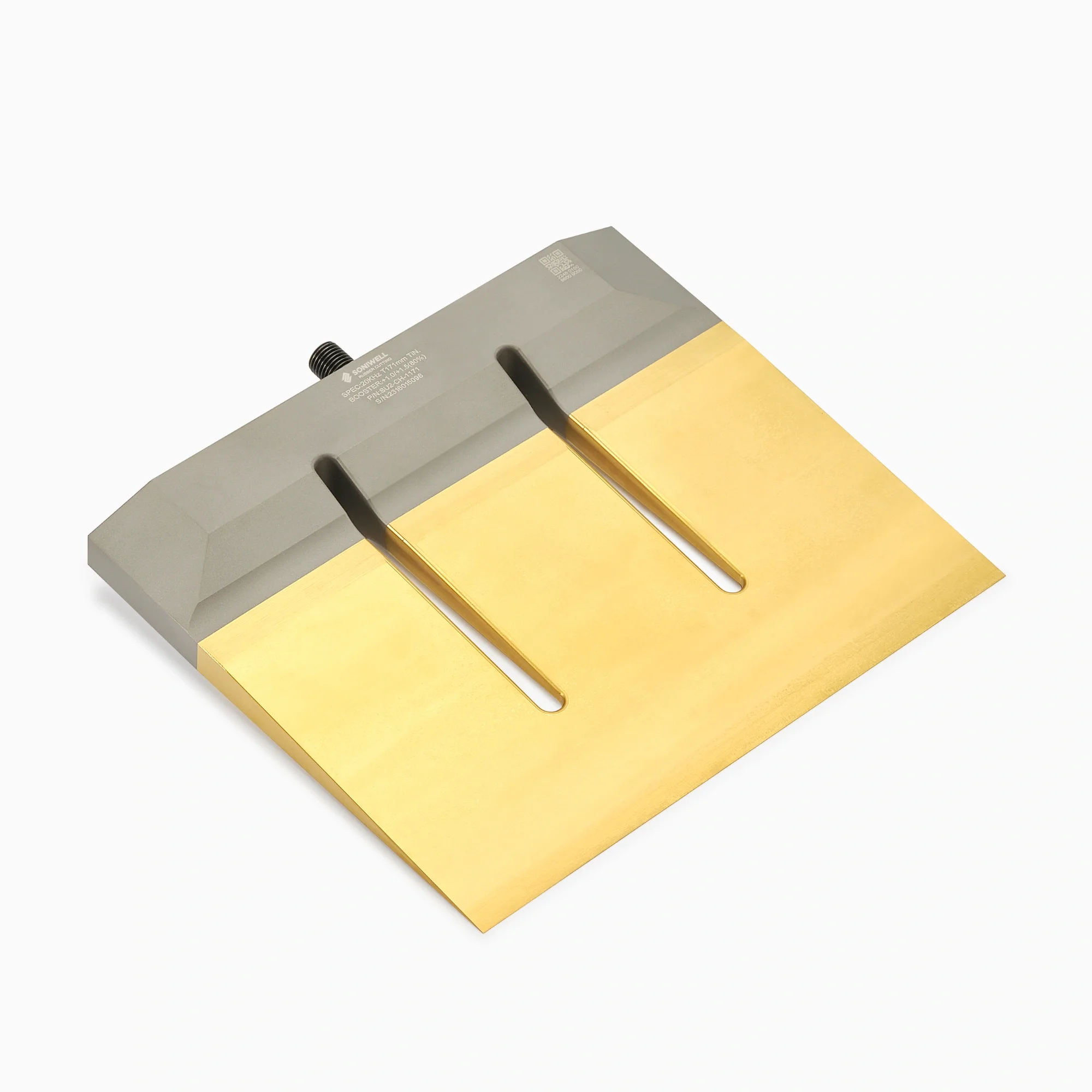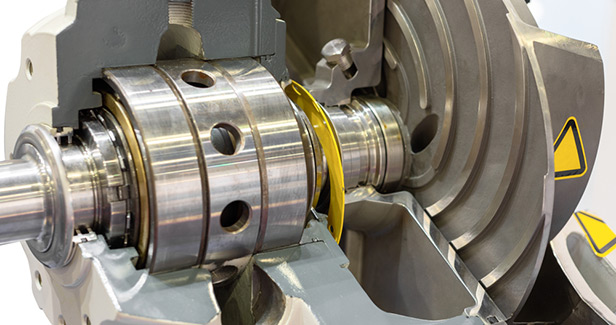In the tire manufacturing industry, precision, efficiency, and material integrity are critical for maintaining product quality and production throughput. The use of ultrasonic cutting technology has revolutionized rubber processing, especially in tire production, by addressing common challenges associated with traditional mechanical cutting. In this blog post, SONIWELL, as a professional customized ultrasonic solutions exporter, will share the role of ultrasonic cutter for rubber in tire production.
Introduction to Ultrasonic Cutting Technology
Ultrasonic cutting is a process that utilizes high-frequency vibrations, typically ranging between 20 kHz to 40 kHz, to slice through materials with minimal resistance. The ultrasonic cutter comprises a transducer, booster, and cutting blade (or horn), which together convert electrical energy into rapid mechanical vibrations. When applied to rubber processing, these vibrations drastically reduce cutting resistance and eliminate common issues like material deformation and blade sticking.
Challenges in Conventional Rubber Cutting
Rubber, especially in tire production, is inherently tough, elastic, and sticky. These properties, while essential for tire performance, create complications during cutting and shaping. Conventional cutting methods often result in:
* Material distortion: Stretching or deformation of rubber before the cut is complete.
* Ragged edges: Uneven and inconsistent cuts that affect assembly and final product integrity.
* Heat buildup: Friction-induced heat can cause localized melting or burning.
* Blade wear and maintenance: Constant friction wears down mechanical blades quickly.
These issues can lead to reduced yield, inconsistent quality, and higher maintenance costs. This is where ultrasonic cutters provide a significant advantage.
Advantages of Ultrasonic Cutters in Tire Production
1. Precision and Clean Cutting
Ultrasonic cutters deliver clean, precise cuts with minimal deformation of rubber components. The high-frequency vibration ensures that the blade glides effortlessly through the material, resulting in smooth edges and accurate dimensions, which is critical for multi-layer tire construction.
2. Reduction in Material Waste
Conventional methods often result in significant material loss due to trimming errors and jagged cuts. Ultrasonic cutters minimize this waste by ensuring cleaner cuts, thus enhancing material utilization and reducing production costs.=
3. No Adhesion and Minimal Heat Generation
Rubber' s tacky nature tends to cause it to stick to conventional blades, requiring frequent cleaning and potentially damaging the material. Ultrasonic cutting significantly reduces contact friction, preventing sticking and reducing heat accumulation, thereby preserving material properties.
4. Extended Tool Life
Due to the non-abrasive cutting mechanism, ultrasonic blades experience less wear over time compared to mechanical cutters. This results in longer tool life, less downtime for blade replacement, and lower overall maintenance requirements.
5. Automation Compatibility
Ultrasonic cutters are easily integrated into automated systems and robotic arms, making them ideal for high-speed tire production lines. Their programmability and consistency improve productivity and allow seamless adaptation for various rubber types and sizes.

Applications of Ultrasonic Cutting in Tire Manufacturing
1. Cutting Rubber Strips and Treads
One of the primary uses of ultrasonic cutters is in shaping rubber strips and treads before they are assembled into the tire carcass. The precision offered by ultrasonic cutting ensures uniformity in thickness and length, which directly impacts tire balance and performance.
2. Bead Area and Sidewall Preparation
In tire manufacturing, the bead area and sidewall materials require intricate shaping and layering. Ultrasonic cutters facilitate clean, detailed cuts that are crucial for strong bonding and structural integrity during vulcanization.
3. Fabric-Reinforced Rubber Cutting
Modern tires incorporate fabric reinforcements like nylon or polyester for added strength. These composite materials are notoriously difficult to cut cleanly with mechanical blades. Ultrasonic cutters slice through both rubber and fabric with ease, maintaining edge integrity without fraying or distortion.
4. Trimming After Vulcanization
Even after tires are vulcanized, trimming is necessary to remove flash and achieve final dimensions. Ultrasonic trimmers are used at this stage to ensure clean and accurate finishing without damaging the cured rubber.
Economic and Environmental Impact
The implementation of ultrasonic cutting technology not only improves product quality but also contributes to sustainable manufacturing practices. Reduced waste, lower energy consumption (compared to frictional heat-generating methods), and longer equipment lifespan collectively reduce the environmental footprint of tire production. Moreover, the enhanced efficiency and reduced need for rework or material rejection translate into significant cost savings for manufacturers.
Conclusion
Ultrasonic cutters have emerged as an indispensable tool in modern tire production, offering unmatched precision, efficiency, and reliability in rubber processing. By overcoming the limitations of traditional cutting methods, they enable manufacturers to maintain high-quality standards, increase productivity, and reduce operational costs. As the automotive and tire industries evolve, the role of ultrasonic cutting technology will only grow in importance, driving innovation in both production methods and final product performance.
www.soniwellgroup.com
SONIWELL


